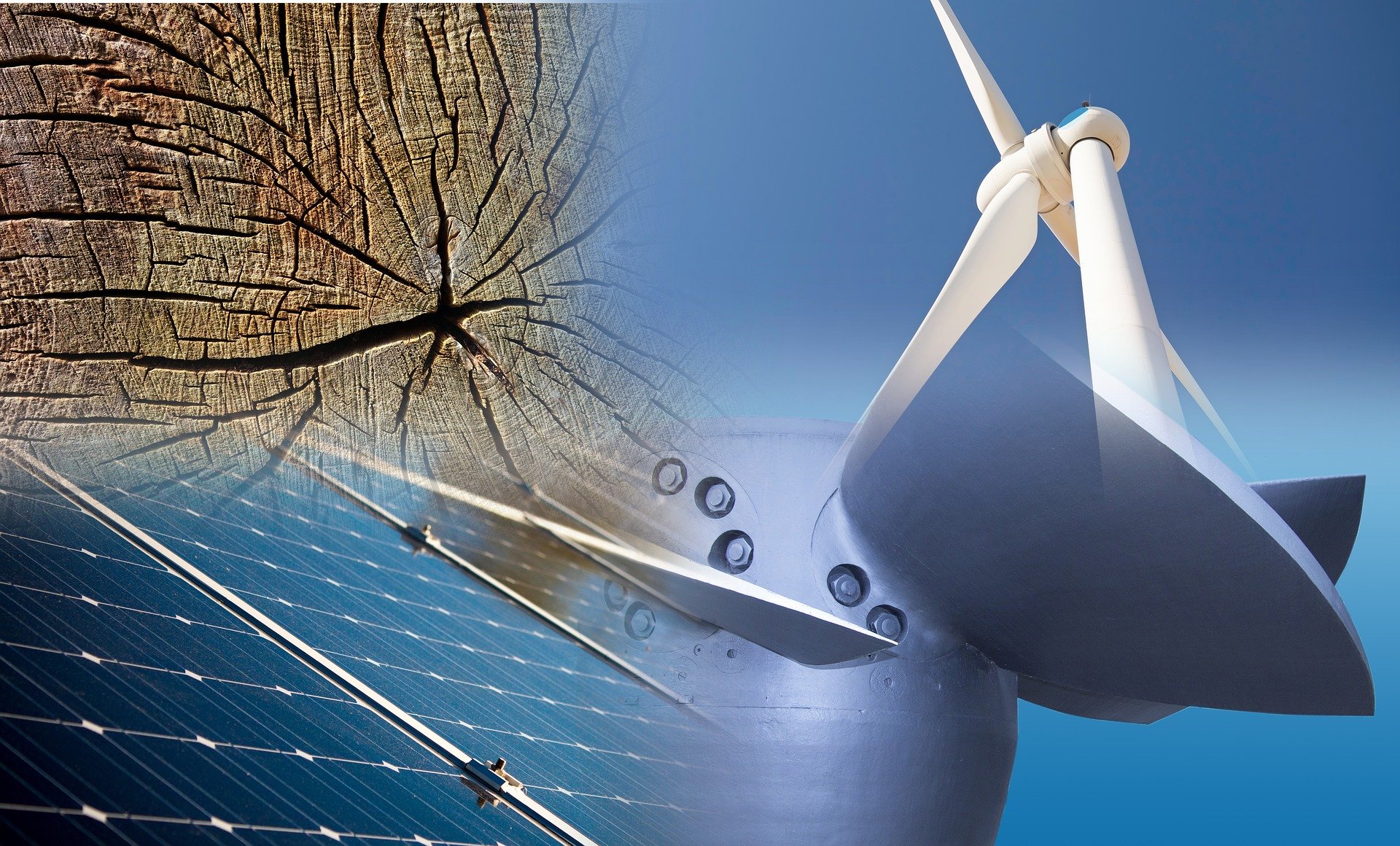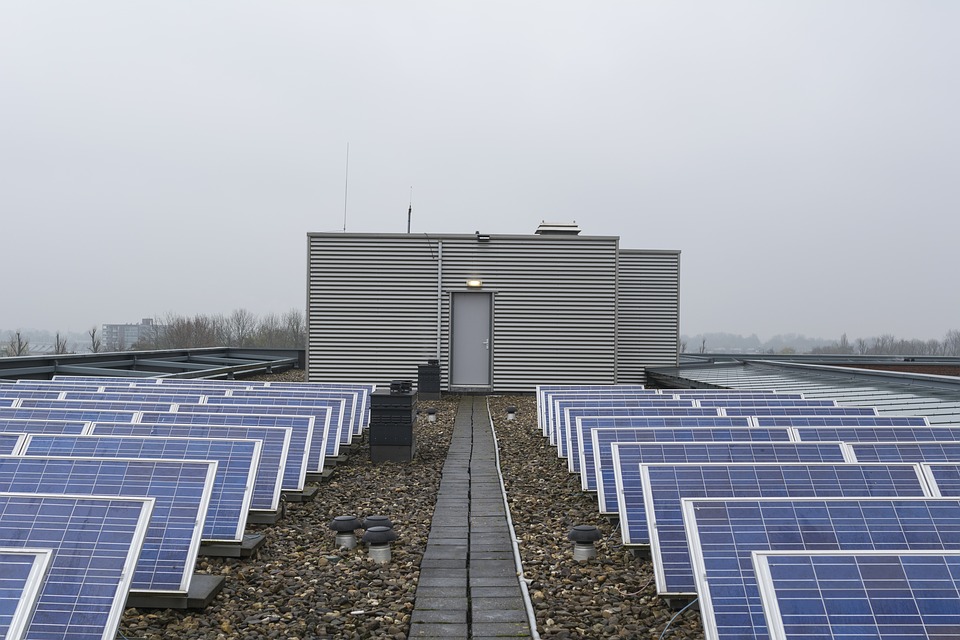
Renewable Sources: Good but Intermittence Causes Problems
A friend in need is a friend indeed! But what do you say about a friend which may or may not be available when needed? Still a friend, of course, but not as good. That is the condition with renewable energy sources like the sun, wind, and even water. They are there, aplenty, but intermittent and not very reliable. There are days when the sun does not shine, and when it does, its hours do not necessarily correspond to our energy demand cycles. The sun and the wind have daily and annual cycles, while rain has annual cycles with random variations.
The Need for Storage
That is precisely the reason why storage is so important. Before the advent of solar and wind energy, hydroelectricity was the main renewable source. With experience, construction of dams and reservoirs was a need taken for granted. In the recent decades the generation of solar and wind energy has increased. With government incentives, aggressive R&D, and developments in technology, even individual homeowners can produce solar energy in excess of their current needs during the day. So, how do we synch the generation with our needs?
Synching Renewable Energy Generation with Demand
Small scale generation of excess energy, e.g., that produced by home owners and small projects is easily absorbed by the local power companies within their huge demand and production cycles. Power companies are required by law to buy in power offered by the home owners. This creates problems for the power companies because they must shut down and switch on their much larger plants to keep in sync with the varying demand.
Thermal Plant Cycling is a Problem
Switching in and switching out of power plants is called cycling. Cycling of thermal generation plants forces their components like boilers, turbine, steam pipes and other auxiliary parts through extremes of temperature. This has severely adverse effects on the reliability, operational life and maintenance cost of these plants. Creep fatigue reduces the life of these components. Greater maintenance is necessitated resulting in greater cost of operation. Now as renewables are forming a greater and greater part of power production, by virtue of their intermittent nature they force commercial thermal plants to undergo more frequent cycling with all its undesirable effects discussed above.
Energy storage
A solution to this problem then is to find convenient and cost-effective ways of energy storage. The storage system must be such that power can be generated from the stored energy quickly on demand, and with little losses. That is nearly as much effort is now going on into finding ways of economical storage with fast recovery, as into developing more efficient means of renewable generation. At the lower energy levels, batteries and supercapacitors are acceptable, giving high efficiency and quick recovery. But at commercial levels of energy storage alternates must be found.  Energy Storage
Energy Storage
Schemes of Energy Storage
Currently, storage of energy is being considered in the following forms:
- Electrical energy Storage directly in devices like supercapacitors or superconducting coils
- Mechanical Energy Storage as kinetic energy of a rotating flywheel, pumped hydroelectric storage (PHS) or Compressed Air Energy Storage (CAES)
- Chemical Energy Storage like in a lead acid or lithium ion battery, or a fuel cell.
- Thermal Energy Storage Energy is stored as heat in various forms, e.g., sensible of say, molten salts, storage as phase change energy in phase change materials (PCMs), sorption, or solar fuel. For more details on storage: https://sinovoltaics.com/learning-center/storage/solar-energy-storage/
